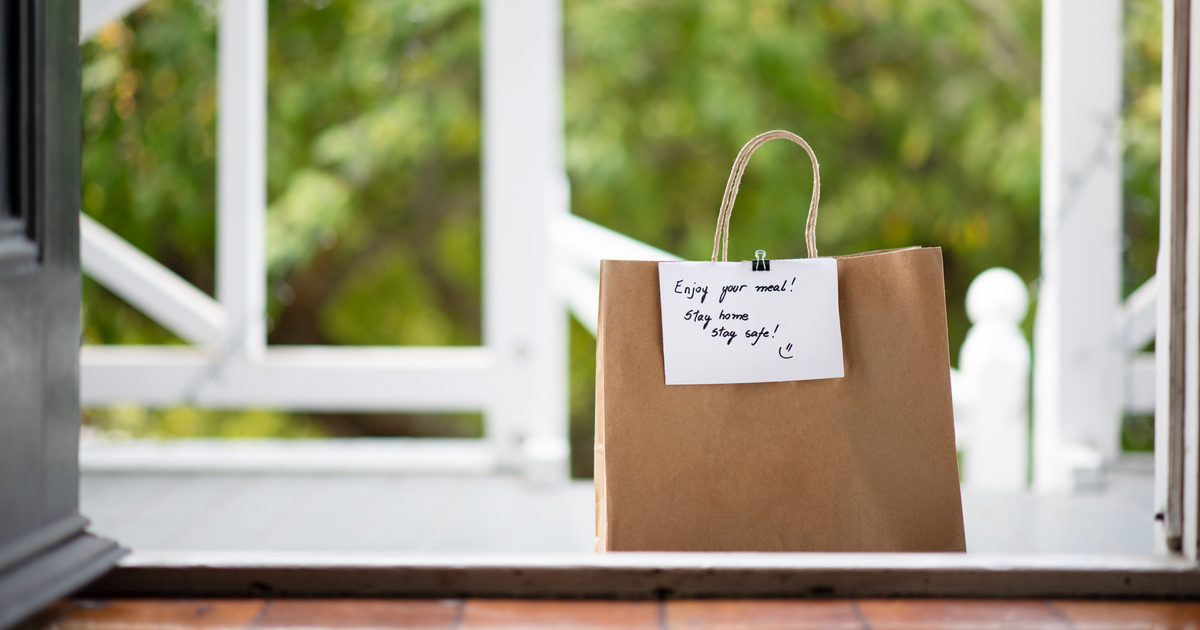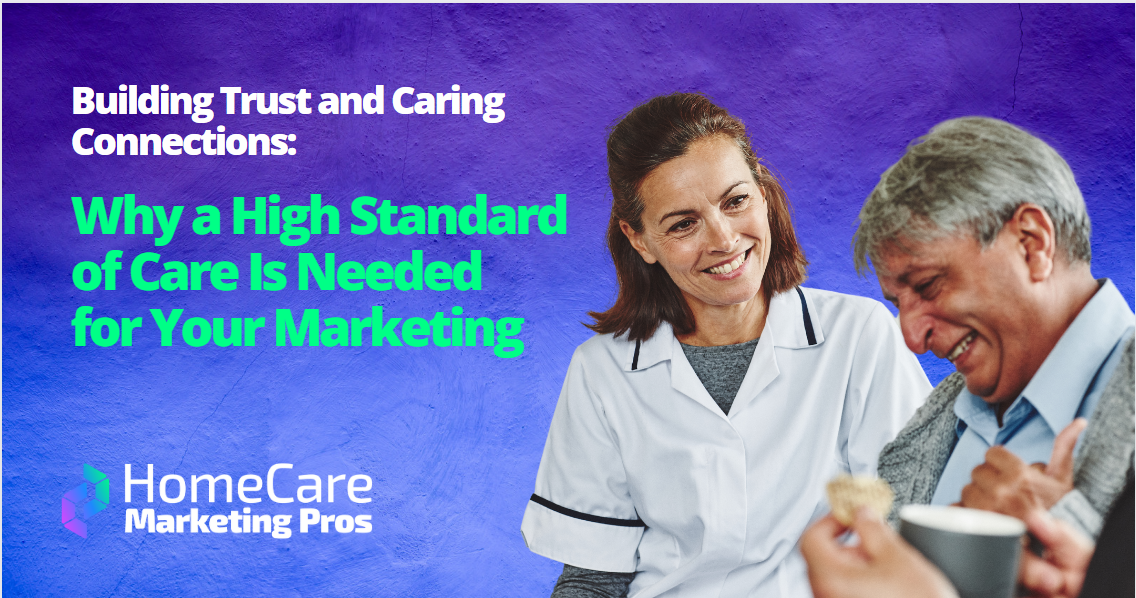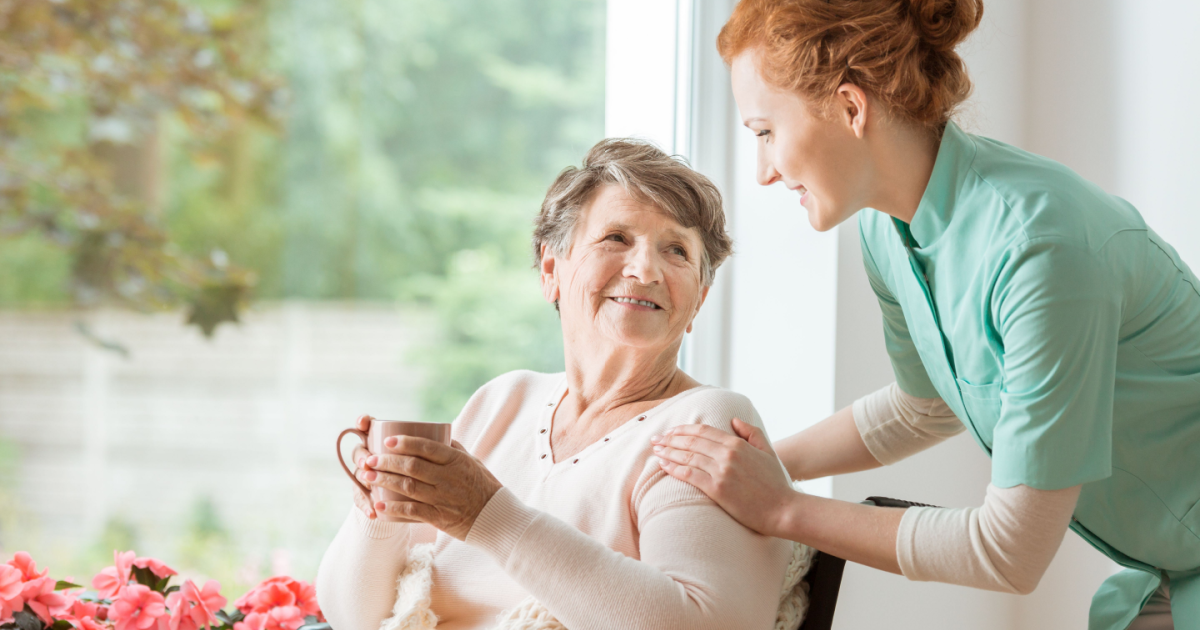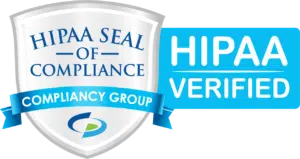As the COVID-19 crisis continues to disrupt home care and senior living operations, innovative companies have implemented new marketing strategies to address social-distancing protocols and facility lockdown policies. While they began largely as experiments, time has proven some to be highly effective. In fact, many agencies and senior living communities will no doubt utilize newly-discovered marketing tools long after the pandemic subsides.
Of course, senior care industry professionals should still expect continued evolution in COVID-19 marketing strategy. But early results are showing that some techniques are more effective than others. And wise leaders can use these as templates for other new-and-improved activities.
Here are senior care marketing strategies that have thus far shown signs of promise amid COVID-19 and reasons why they’ve been successful.
No-Contact Food and Snack Deliveries
It’s easy for industry veterans to view lunch, snack and coffee deliveries to referral source accounts as superficial gestures. But that’s an unfair assessment. The truth is it’s totally appropriate to show signs of appreciation for the hard work of community partners such as hospital case managers, discharge planners and social workers. In fact, they’re even more deserving of gratitude while risking their own health to assist others during the coronavirus outbreak!
Why the Strategy is Effective –
High-performing senior care marketers must always find ways to stay “top of mind.” While some home care and assisted living representatives are actively working to deliver lunches, snacks and coffee, many others have gotten complacent. The bottom line is representatives who go the extra mile and accompany their food/goodie deliveries with customized notes and marketing materials will secure referrals over competitors who sit it out.
Also, it’s important to remember referral sources are even more likely to accept food deliveries during the chaos of COVID-19. They no longer have the luxury of going out to restaurants and are often ordering-in on their own dime. It’s only natural that healthcare workers would welcome free meals at the moment.
Cards, “Thank You” Notes and Care Packages
While cards and “thank you” notes aren’t as utilitarian as free meals, they demonstrate empathy toward hard-working referral sources managing the pandemic. Logistically, their delivery is easier than food items, and packages can even be sent by mail. Senior care industry representatives can also be sure to include traditional marketing items like brochures, company-branded pens, sticky pads and [appropriately] bottles of hand sanitizer.
Why the Strategy is Effective –
In the end, most people want to be acknowledged for their hard work and selflessness. And few things get the message across as well as an old fashioned card or handwritten note. Also, care packages that are mailed to hospital case management offices and other centralized locations are likely to reach the intended recipients with few logistical hang-ups.
Video Messages (Company Distinctions & COVID-19 Updates)
In the absence of in-person visits, senior care marketers can still get face time with referral sources through video messages. Short videos can alert hospital and facility partners to unique company distinctions that really make a difference. They may also remind referral sources of company availability and continuing service capacity during the COVID-19 crisis.
Why the Strategy is Effective –
Videos are now a part of daily life and are regularly shared in real time via email and even text messaging. And research suggests video-based messaging is far more memorable than simple written copy.
Finally, videos can be sent to large groups of recipients with little effort and shared on LinkedIn and social media platforms.
Ancillary Service Offerings
Senior care professionals who follow their LinkedIn feeds have probably noticed a trend; home care agencies have started providing unique offerings lately. Specifically, some are finding success in leveraging caregivers for food and grocery delivery services.
Why the Strategy is Effective –
Seniors are at high-risk for COVID-19 infection and related medical complications, so many are self-isolating at home. While younger people are familiar with phone app delivery services like Uber Eats and Postmates, older people often lack smartphones and technological proficiency. Home care agencies that provide concierge delivery services add demonstrable value to their services while also generating additional revenue.
No-Contact Visits to Patients & Residents at Facilities
Many Americans have seen the touching images of family members attempting to visit loved ones at senior living facilities and nursing homes while separated by panes of glass. And while these social-distancing meetings are simultaneously necessary and disheartening, it’s worth noting the recipients at least have visitors. But what about seniors who lack family and friends?
Some home care agencies have expanded their outreach beyond focusing merely on referral sources to visiting actual facility residents and patients affected by COVID-19. The representatives bring cards and share words of encouragement while abiding by social-distancing protocols. A few creative folks have even brought miniature horses as special “guests”!
Why the Strategy is Effective –
Most healthcare workers genuinely care about the well-being of facility residents and patients. Naturally, they’re heart-broken that people are unable to visit directly with loved ones during the COVID-19 crisis. So, agency representatives can make positive, lasting impressions by working to bring joy into the lives of society’s most vulnerable populations. Compassionate visits are good deeds that may also result in additional referrals.
Renewed Focus on “Tangible” Service Distinctions over Personal Relationships
The challenge of senior care marketing in the age of COVID-19 has had a few unintended but positive consequences. One silver-lining result is a renewed focus on selling “tangible” service distinctions. As many industry veterans know, there’s a tendency for seasoned representatives to become complacent. But restricted access to accounts has motivated some marketers to demonstrate real value as opposed to simply relying on obligatory handouts from friendly referral sources.
These home care and senior living representatives are instead earning business by identifying company distinctions that really matter. They are then distilling the messages into key points that are communicated in the form of emails, newsletters, care package notes/fliers, social media posts and text messages.
Why the Strategy is Effective –
Some senior care organizations offer industry-leading service but lack robust sales teams and huge marketing budgets. In this sense, COVID-19 is the great equalizer. Underdog companies can level the playing field by effectively marketing their distinctions at a time when no companies (large or small) are securing in-person visits with referral sources.
Conclusion
COVID-19 has exposed weaknesses within the senior care community. But the crisis has also highlighted strengths and general industry resilience. In terms of sales and marketing, some companies have amazingly reconfigured traditional techniques in ways that have yielded great success. Wise leaders will no doubt use these as foundational building blocks when crafting longer-term strategy.













